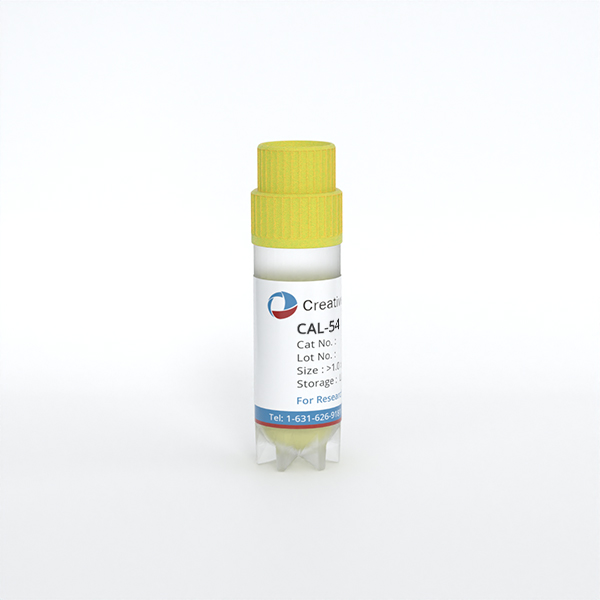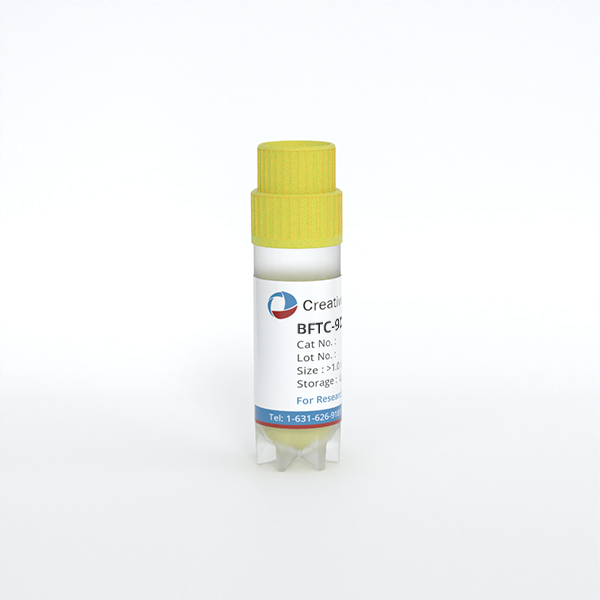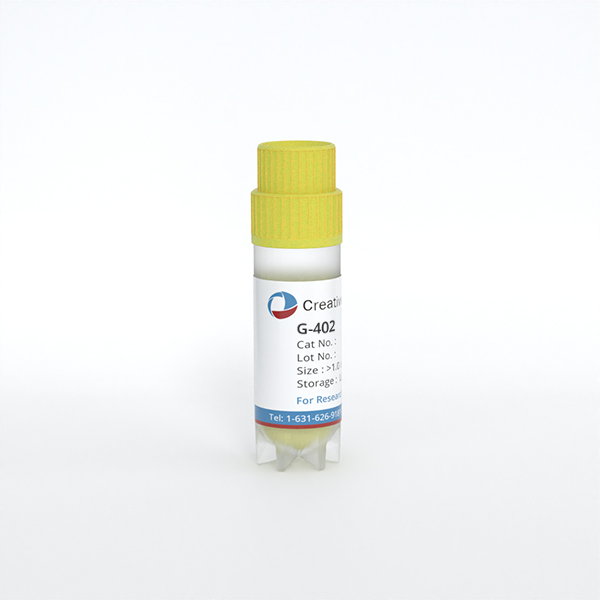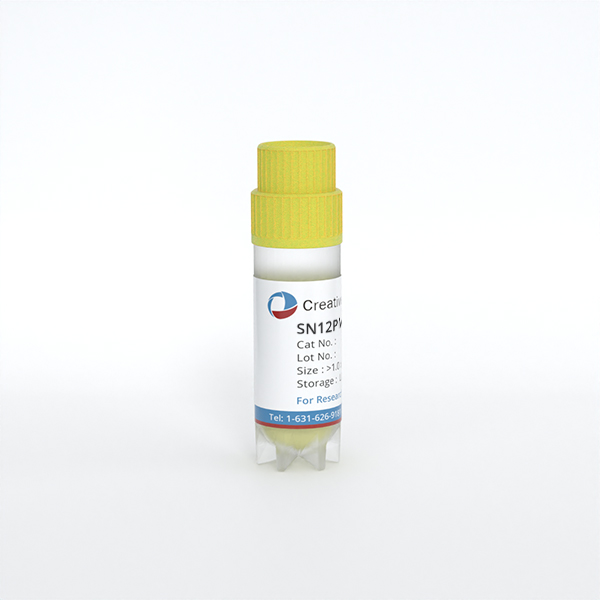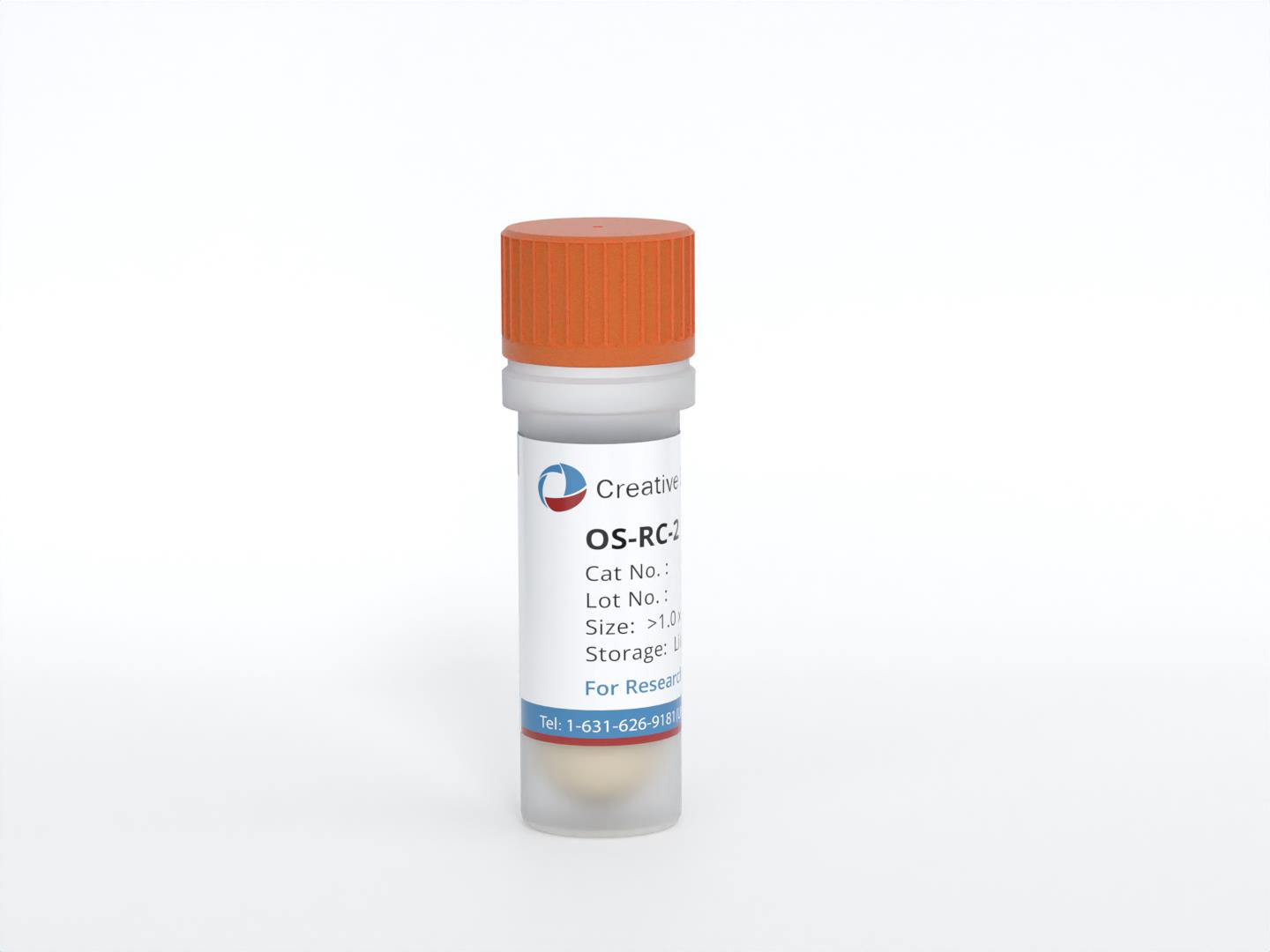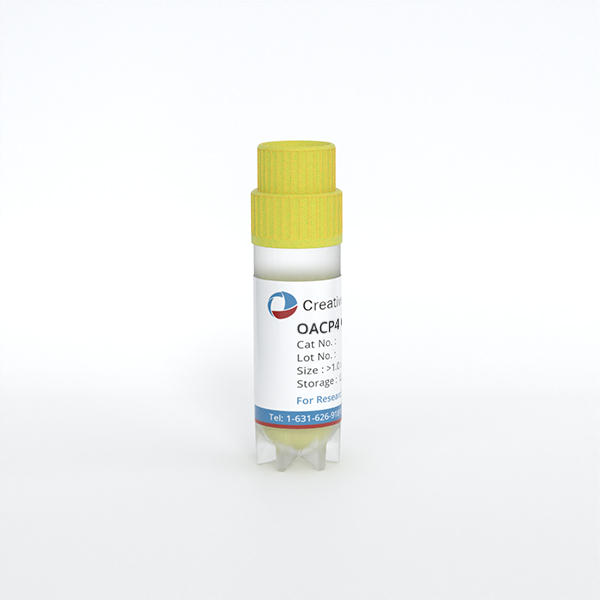Featured Products
Our Promise to You
Guaranteed product quality, expert customer support

ONLINE INQUIRY

TUHR4TKB
Cat.No.: CSC-C6399J
Species: Human
Morphology: epithelial-like
Culture Properties: Adherent cells
- Specification
- Background
- Scientific Data
- Q & A
- Customer Review
Store in liquid nitrogen.
The TUHR4TKB cell line originates from renal cell carcinoma tissue obtained from a Japanese patient. Renal cell carcinoma represents the most frequent malignant kidney tumor which doctors classify into multiple subtypes including clear cell carcinoma, papillary carcinoma, and chromophobe carcinoma. TUHR4TKB cells belong to the clear cell subtype which represents the predominant form of renal cell carcinoma.
As a human renal cancer cell line, TUHR4TKB cells exhibit fundamental renal cell activities which include substance transport, metabolism and secretion. Moreover, these cells maintain cancer cell features such as limitless growth capabilities and resistance to programmed cell death because their origin is from cancer cells. These features make TUHR4TKB cells an important tool for studying kidney diseases and cancer. Scientists can enhance their knowledge about renal cell carcinoma pathogenesis through this cell line research by studying gene expression patterns and drug interaction mechanisms alongside signaling pathways. In addition, scientists utilize this cell line to assess how new drugs perform and their potential toxicity levels.
Sensitivity Of VHL Mutant Kidney Cancers to HIF2 Inhibitors does not Require an Intact P53 Pathway
Inactivation of the VHL tumor suppressor gene is a key initiating event in clear cell renal cell carcinoma (ccRCC), the most common form of kidney cancer. The absence of VHL protein leads to the inappropriate accumulation of HIF2, driving tumor growth, making HIF2 a critical target for ccRCC treatment. Drugs like belzutifan have been developed to inhibit HIF2, but their efficacy varies among patients.
Stransky's team aims to determine whether p53 status influences HIF2 dependence in ccRCC cell lines. By correlating HIF2 dependence with p53 status and manipulating p53 function, the study seeks to assess the role of p53 in determining sensitivity to HIF2 inhibitors. They first analyzed the Broad Institute DepMap dataset for EPAS1 sgRNA depletion in ccRCC cell lines subjected to genome-wide CRISPR-Cas9 screens. EPAS1 sgRNAs were significantly depleted in some ccRCC lines, including TUHR14TKB, OSRC2, 786-O, RCC10RGB, and TUHR4TKB, indicative of HIF2 dependence, but not in many other ccRCC lines, such as CAKI2, 769-P, and SLR23, suggestive of HIF2 independence (Fig. 1). HIF1A sgRNAs showed variable enrichment, aligning with the idea that HIF1α limits ccRCC growth (Fig. 1). To further confirm HIF2 dependence, they conducted low-throughput competition assays on select ccRCC lines, comparing control sgRNA and EPAS1 sgRNAs using fluorescence markers. After 4 weeks, significant depletion of EPAS1 sgRNA cells was observed in HIF2-dependent lines 786-O and OSRC2, contrasting with HIF2-independent lines 769-P and CAKI2, as well as UMRC2 (Fig. 2A). Similar outcomes were noted when fluorescent markers were swapped. Furthermore, PT2399 inhibited soft agar growth in HIF2-dependent lines but not in independent lines (Fig. 2 B and C). TUHR4TKB, unable to form colonies, couldn't be assessed here. These results highlight the variability in HIF2 dependence, offering insights into resistance to HIF2 inhibitors.
 Fig. 1. HIF1α and HIF2α dependence varies across VHL mutant ccRCC cell lines based on genome-wide CRISPR-Cas9 screens (Stransky L A, Vigeant S M, et al., 2022).
Fig. 1. HIF1α and HIF2α dependence varies across VHL mutant ccRCC cell lines based on genome-wide CRISPR-Cas9 screens (Stransky L A, Vigeant S M, et al., 2022).
 Fig. 2. HIF2α dependence varies across VHL mutant ccRCC cell lines based on cellular competition and anchorage-independent growth assays (Stransky L A, Vigeant S M, et al., 2022).
Fig. 2. HIF2α dependence varies across VHL mutant ccRCC cell lines based on cellular competition and anchorage-independent growth assays (Stransky L A, Vigeant S M, et al., 2022).
Pharmacological BCL-XL Blockade Mimics Results of Genetic Studies
Advanced or metastatic clear cell renal cell carcinomas (ccRCCs) have limited treatment options, with BCL-XL emerging as a potential therapeutic target. Despite existing treatments targeting HIF2α and receptor tyrosine kinases, not all patients respond effectively, highlighting a need for novel therapies.
Grubb's team aimed to identify and validate therapeutically actionable genetic dependencies in ccRCC, specifically targeting BCL-XL, to improve treatment outcomes for aggressive kidney cancers. They treated a panel of human ccRCC lines with BCL-2 family inhibitors. They observed that cell lines that were exquisitely sensitive to BCL-XL loss in genetic studies (e.g. CAKI-2 and TUHR4TKB) were also highly sensitive to acute treatment with either ABT-263 (Figs. 3A and B) or the BCL-XL-specific inhibitor A-1331852, with cellular IC50 values in the low nM range (Fig. 4A; Fig. 3C). In contrast, cell lines like UMRC-2, which showed delayed response to genetic BCL-XL loss, were likewise less responsive to three days of BCL-XL blockade (Fig. 4A; Fig. 3A-C). These analyses also identified the A-498 and SLR23 cells as additional examples of A-1331852 sensitive ccRCCs. In contrast to the BCL-2-dependent B-cell lymphoma line SU-DHL-6, the ccRCC lines were virtually resistant to the BCL-2 inhibitor ABT-199 (Fig. 4B; Fig. 3D). Moreover, as expected from A-1331852's BCL-XL specificity (31), SU-DHL-6 cells showed virtually no response to A-1331852 at concentrations that were potently cytotoxic for the ccRCCs (Fig. 3E).
 Fig. 3. Pharmacological Characterization of BCL-XL Blockade in ccRCC cells (Grubb T, Maganti S, et al., 2022).
Fig. 3. Pharmacological Characterization of BCL-XL Blockade in ccRCC cells (Grubb T, Maganti S, et al., 2022).
 Fig. 4. Percent cell death, relative to the DMSO-treated control cells, determined using the XTT assay in the indicated ccRCC cell lines that were treated with the indicated concentrations of the BCL-XL inhibitor A-1331852 (A) or the BCL-2 inhibitor ABT-199 (B) for 3 days (Grubb T, Maganti S, et al., 2022).
Fig. 4. Percent cell death, relative to the DMSO-treated control cells, determined using the XTT assay in the indicated ccRCC cell lines that were treated with the indicated concentrations of the BCL-XL inhibitor A-1331852 (A) or the BCL-2 inhibitor ABT-199 (B) for 3 days (Grubb T, Maganti S, et al., 2022).
Providing essential nutrients, hormones and various growth factors, binding proteins, pro-contact, stretch factors and others.
Ask a Question
Average Rating: 5.0 | 1 Scientist has reviewed this product
Efficient
We appreciate the prompt and efficient services provided by Creative Bioarray.
14 Jan 2022
Ease of use
After sales services
Value for money
Write your own review
- You May Also Need

